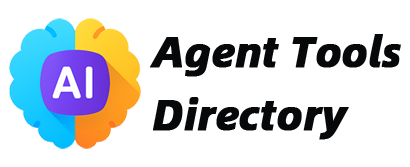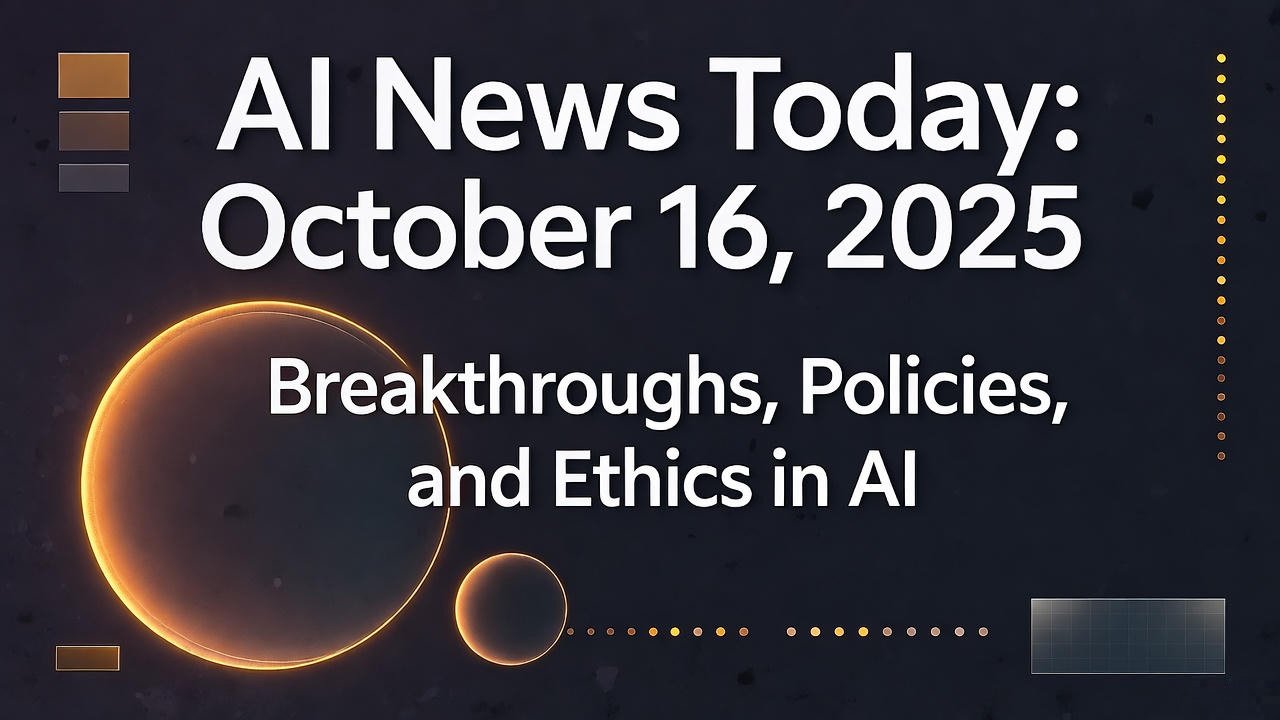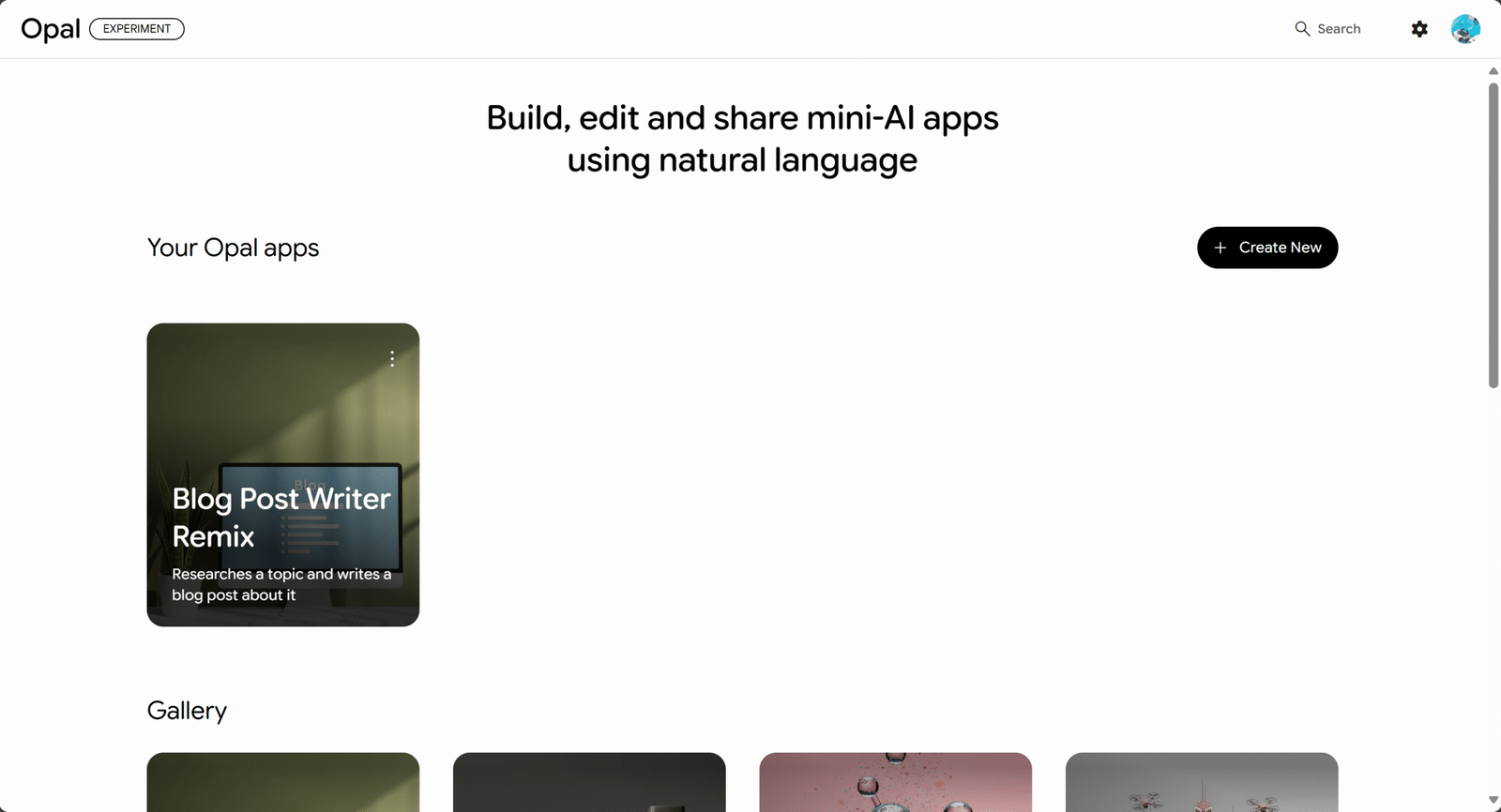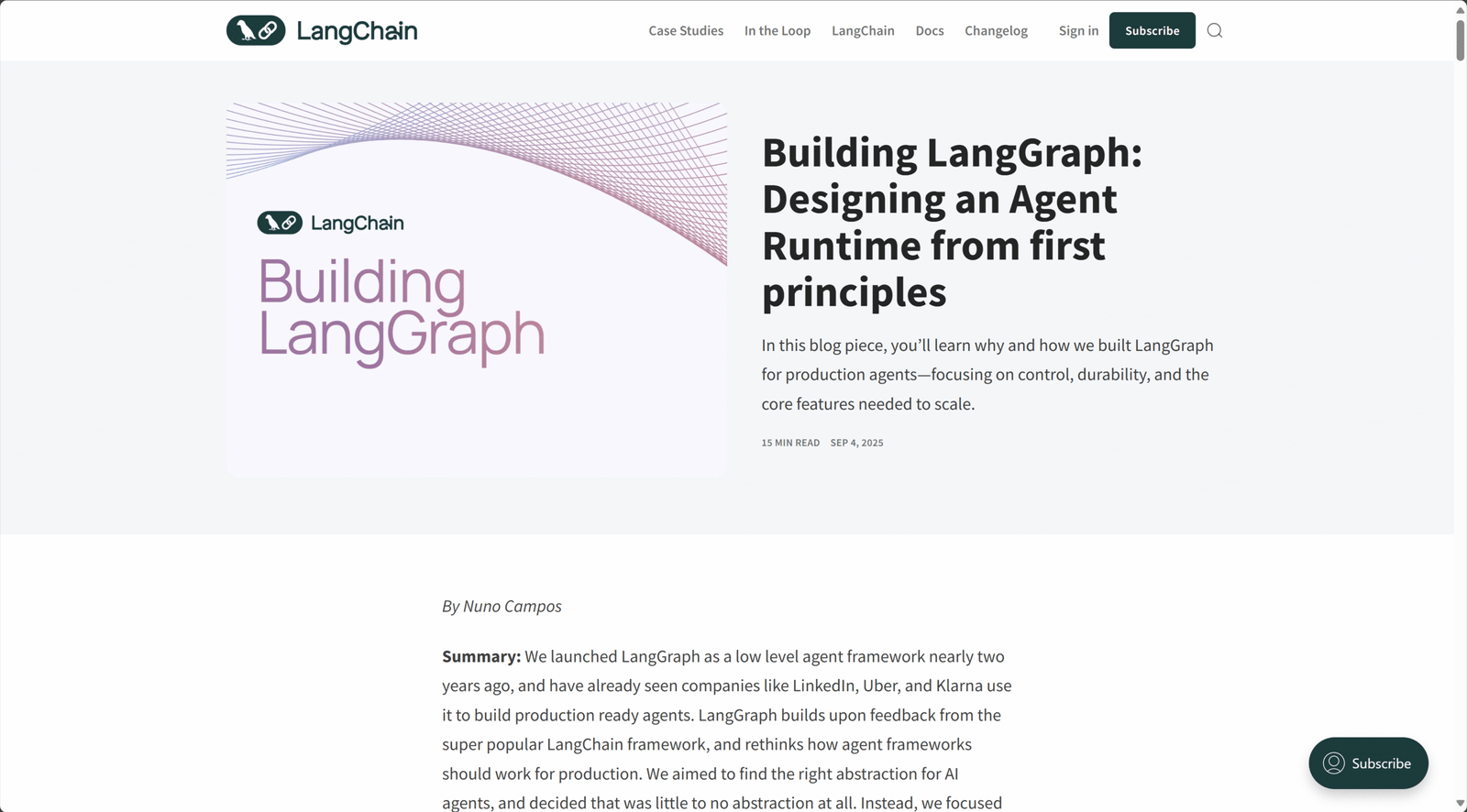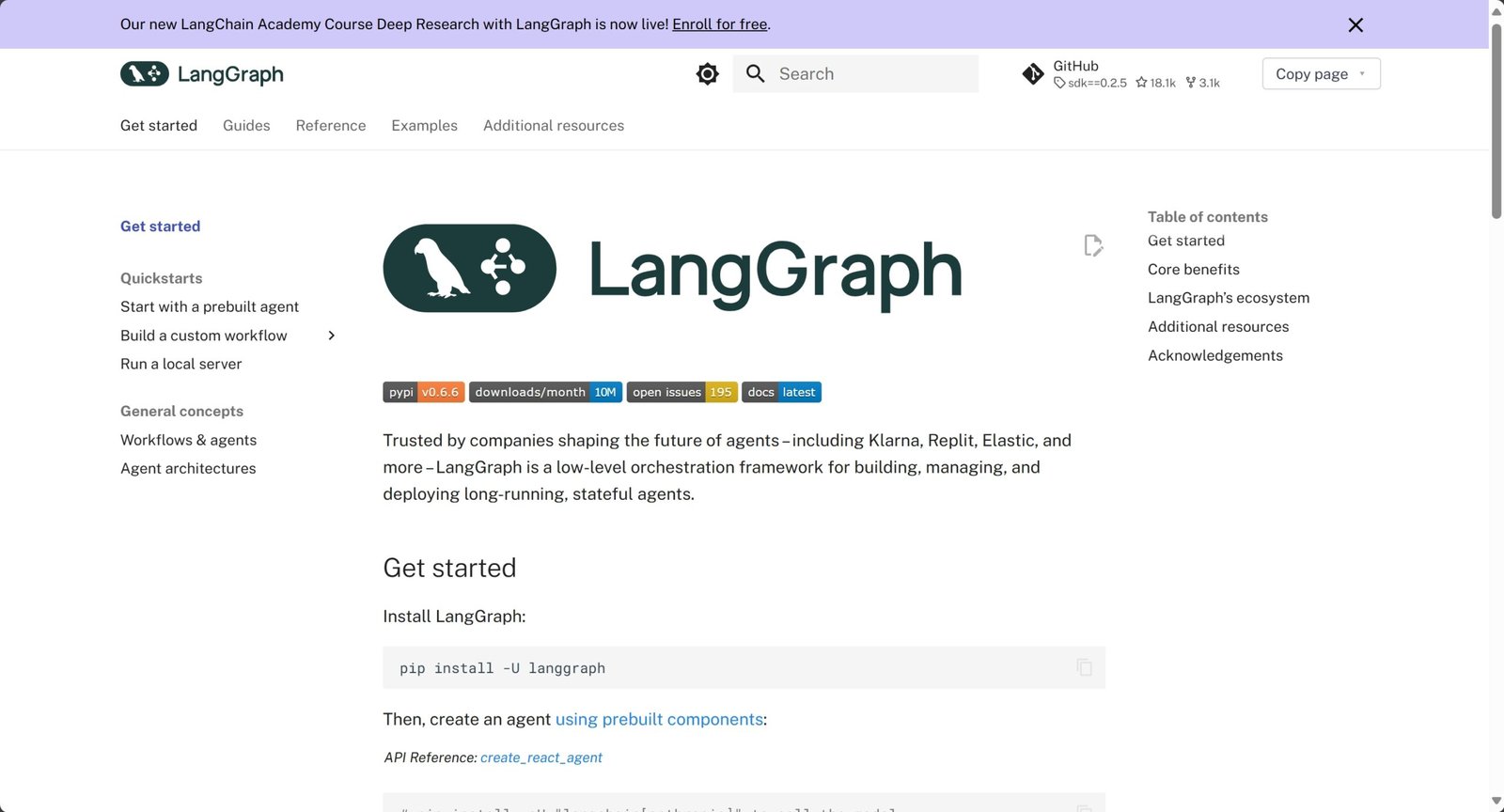Unlocking the Power of AI Agents: My Personal Journey with LlamaIndex, n8n, and LangGraph in 2025
Category: AI News & Blogs Views: 423
Hey there, fellow AI enthusiasts! If you've ever found yourself knee-deep in code, trying to wrangle data into something an LLM can actually use without it turning into a chaotic mess, then buckle up. I'm Alex, a self-taught developer who's spent the last couple of years building quirky AI projects—from chatbots that roast my coffee preferences to automated workflows that handle my freelance invoicing. Today, I'm spilling the beans on three tools that have revolutionized how I build retrieval-augmented generation (RAG) systems and agentic workflows: LlamaIndex, n8n, and LangGraph. I've tinkered with them extensively, integrating them into real-world apps, and let me tell you, they're not just hype—they're game-changers. In this post, I'll break down what they are, how they stack up, and why they're worth your time, all backed by official resources and my hands-on insights.
Why These Tools Matter to Me (and Probably to You)
Picture this: It's 2 AM, and I'm debugging a RAG pipeline that's choking on unstructured data from PDFs and GitHub repos. That's when I first stumbled upon LlamaIndex. It felt like finding a Swiss Army knife in a drawer full of butter knives—efficient, versatile, and oddly satisfying. Paired with n8n for no-code automation and LangGraph for those intricate, stateful agent graphs, these tools have let me prototype enterprise-level AI assistants faster than ever. If you're into building knowledge bases, automating data flows, or experimenting with multi-agent systems, stick around. I'll share tutorials, docs, and even how they compare to staples like LangChain, drawing from my own trial-and-error experiences.
Diving Deep into LlamaIndex: My Go-To for RAG Magic
LlamaIndex has been my secret weapon for turning raw data into LLM-powered insights. It's an open-source framework that's laser-focused on data ingestion, indexing, and querying, making it perfect for RAG apps where you need to pull from external sources without hallucination nightmares. In my projects, I've used it to index everything from personal docs to massive enterprise datasets, and it's saved me hours of custom coding.
From my experience, getting started is a breeze. Their starter tutorial lets you build a simple RAG app in just five lines of code—I've done it with OpenAI models and local LLMs like those from Hugging Face. But don't just take my word; the official docs are a goldmine. They've got sections on workflows (event-driven chains for agentic apps) and document handling, which I love for parsing PDFs or even GitHub repos.
One thing that blew my mind? LlamaIndex's edge in efficiency for large-scale data compared to more general frameworks. I've benchmarked it against others, and it handles indexing like a champ, especially with integrations for vector stores.
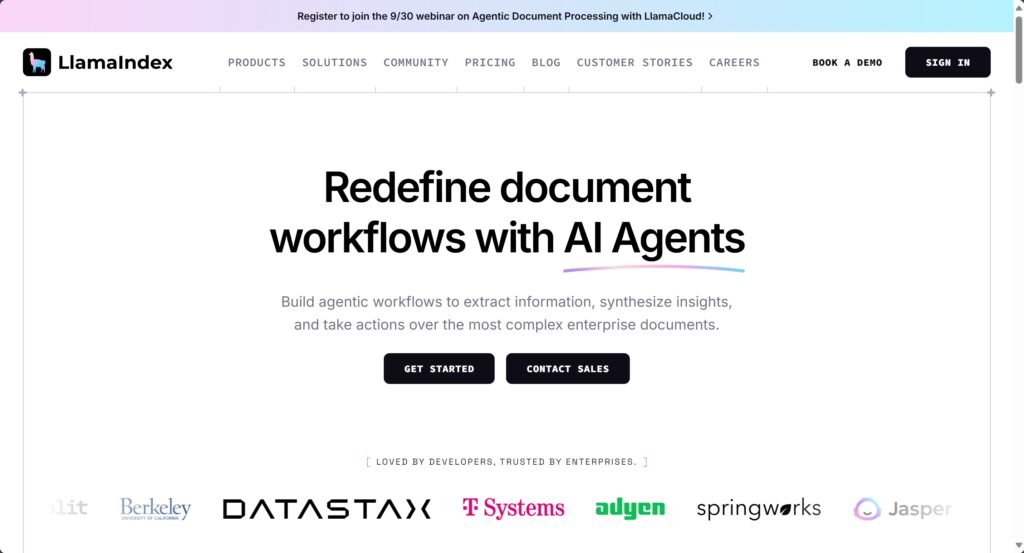
For visual learners like me, their YouTube channel is packed with gems. Check out this crash course that walked me through the basics when I was just starting out.
And if you're into cloud stuff, their latest demo on LlamaCloud indexing is a must-watch—it's from August 2025 and shows real-time workflows in action.
Pro tip from my experiments: If you're dealing with Chinese docs, the community-maintained translations are lifesavers. I've used them for multilingual projects, and they integrate seamlessly.
n8n: The Automation Glue That Ties It All Together
Now, let's talk n8n—my favorite for when I want to automate without drowning in code. It's a fair-code workflow tool with over 400 integrations, and I've hooked it up with LlamaIndex for things like invoice extraction from PDFs. Imagine building an AI agent that parses documents, queries a knowledge base, and emails results—all in a drag-and-drop interface. That's n8n in a nutshell.
In my setup, I use n8n's custom nodes for LlamaCloud to create no-code RAG pipelines. It's been a game-changer for non-devs on my team, and the community workflows on their site are endless inspiration.
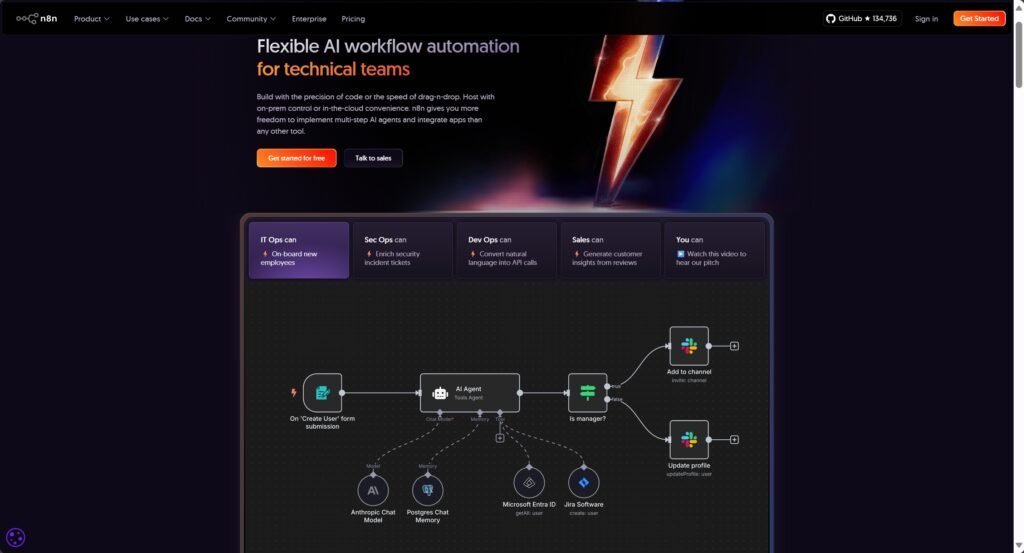
Their YouTube tutorials are straightforward and fun. This quick-start guide from June 2025 got me building my first workflow in under 10 minutes.
And for LlamaIndex fans, don't miss the integration video on invoice agents—it's practical and ties directly into real-world use cases.
LangGraph: The Stateful Contender for Complex Agents
Enter LangGraph, the graph-based extension from LangChain that's all about building reliable, multi-agent systems. I've used it when LlamaIndex's event-driven workflows felt too linear—LangGraph shines with cycles, state management, and scalability for things like research agents.
Comparing it to LlamaIndex? From my tests, LlamaIndex is RAG royalty, optimized for data-heavy tasks, while LangGraph offers more controllability for agentic loops. They're complementary; I've even hybridized them in projects. Versus LangChain proper, LangGraph is lower-level but more robust for production.
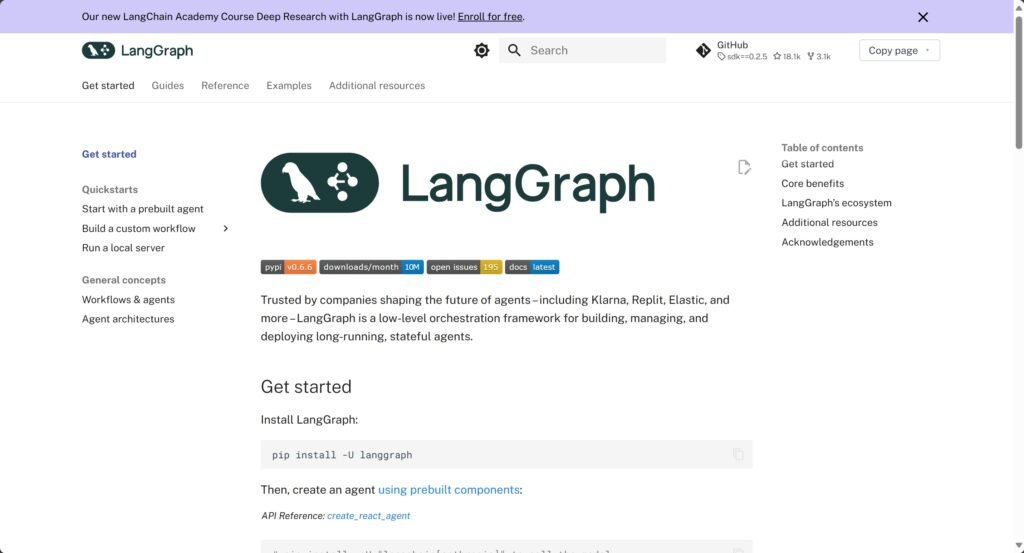
Their channel has killer content. This recent course on deep research with LangGraph (August 2025) inspired my latest agent build.
And for building configurable agents, this July 2025 vid is gold.
LlamaIndex vs. LangGraph: My Head-to-Head Take
Here's where it gets personal. I've pitted them against each other in side-by-side prototypes:
- Focus: LlamaIndex nails RAG and indexing; LangGraph excels in stateful graphs for agents.
- Ease of Use: LlamaIndex for quick wins; LangGraph for depth.
- Integrations: Both play nice with n8n, but LlamaIndex has killer RAG-specific tools.
In a table for clarity:
| Aspect | LlamaIndex | LangGraph |
|---|---|---|
| Core Strength | RAG, data indexing | Stateful agents, graphs |
| Best For | Enterprise data assistants | Complex, cyclical workflows |
| My Experience | Super efficient for large datasets | More flexible for custom logic |
Ultimately, I mix them based on the project—LlamaIndex for the heavy lifting, LangGraph for the brains, and n8n to automate it all.
Wrapping Up: Get Building!
If my ramblings have sparked your curiosity, dive in with the official GitHubs: LlamaIndex at https://github.com/run-llama/llama_index, n8n at https://github.com/n8n-io/n8n. For docs, hit https://docs.llamaindex.ai/ or the Chinese version at https://llamaindex-chinese-tutorials.readthedocs.io/. Trust me, once you start, you won't stop. What's your next AI project? Drop a comment—I'd love to geek out.
Disclaimer: All insights are from my direct experience as a developer, cross-referenced with official sources as of September 2025.
